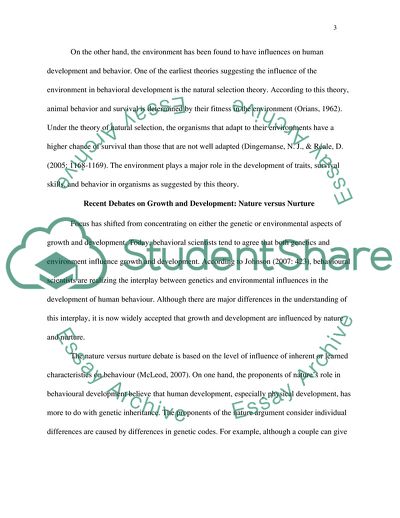Cite this document
(The Contribution of Twin Studies to the Nature-Nurture Debate Term Paper Example | Topics and Well Written Essays - 3750 words, n.d.)
The Contribution of Twin Studies to the Nature-Nurture Debate Term Paper Example | Topics and Well Written Essays - 3750 words. https://studentshare.org/health-sciences-medicine/1853699-the-contribution-of-twin-studies-to-the-nature-nurture-debate
The Contribution of Twin Studies to the Nature-Nurture Debate Term Paper Example | Topics and Well Written Essays - 3750 words. https://studentshare.org/health-sciences-medicine/1853699-the-contribution-of-twin-studies-to-the-nature-nurture-debate
(The Contribution of Twin Studies to the Nature-Nurture Debate Term Paper Example | Topics and Well Written Essays - 3750 Words)
The Contribution of Twin Studies to the Nature-Nurture Debate Term Paper Example | Topics and Well Written Essays - 3750 Words. https://studentshare.org/health-sciences-medicine/1853699-the-contribution-of-twin-studies-to-the-nature-nurture-debate.
The Contribution of Twin Studies to the Nature-Nurture Debate Term Paper Example | Topics and Well Written Essays - 3750 Words. https://studentshare.org/health-sciences-medicine/1853699-the-contribution-of-twin-studies-to-the-nature-nurture-debate.
“The Contribution of Twin Studies to the Nature-Nurture Debate Term Paper Example | Topics and Well Written Essays - 3750 Words”. https://studentshare.org/health-sciences-medicine/1853699-the-contribution-of-twin-studies-to-the-nature-nurture-debate.


